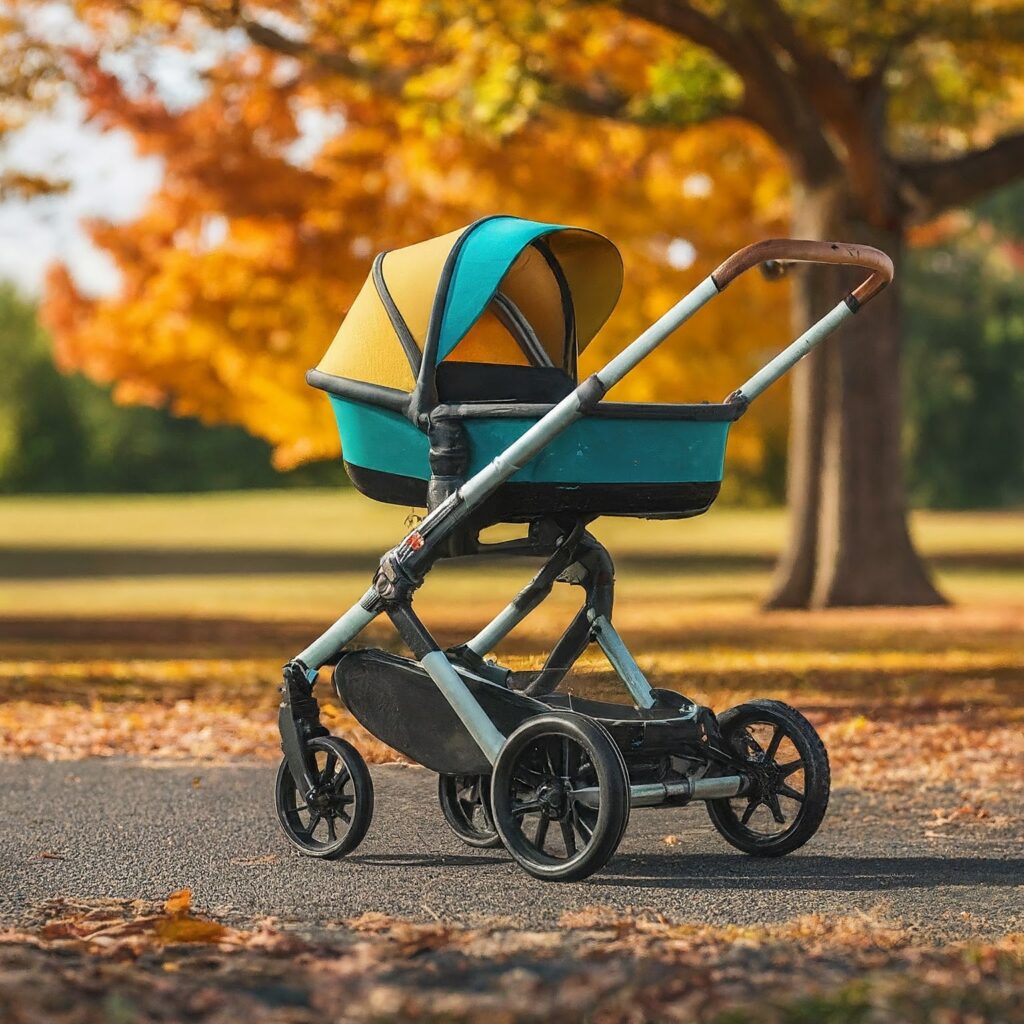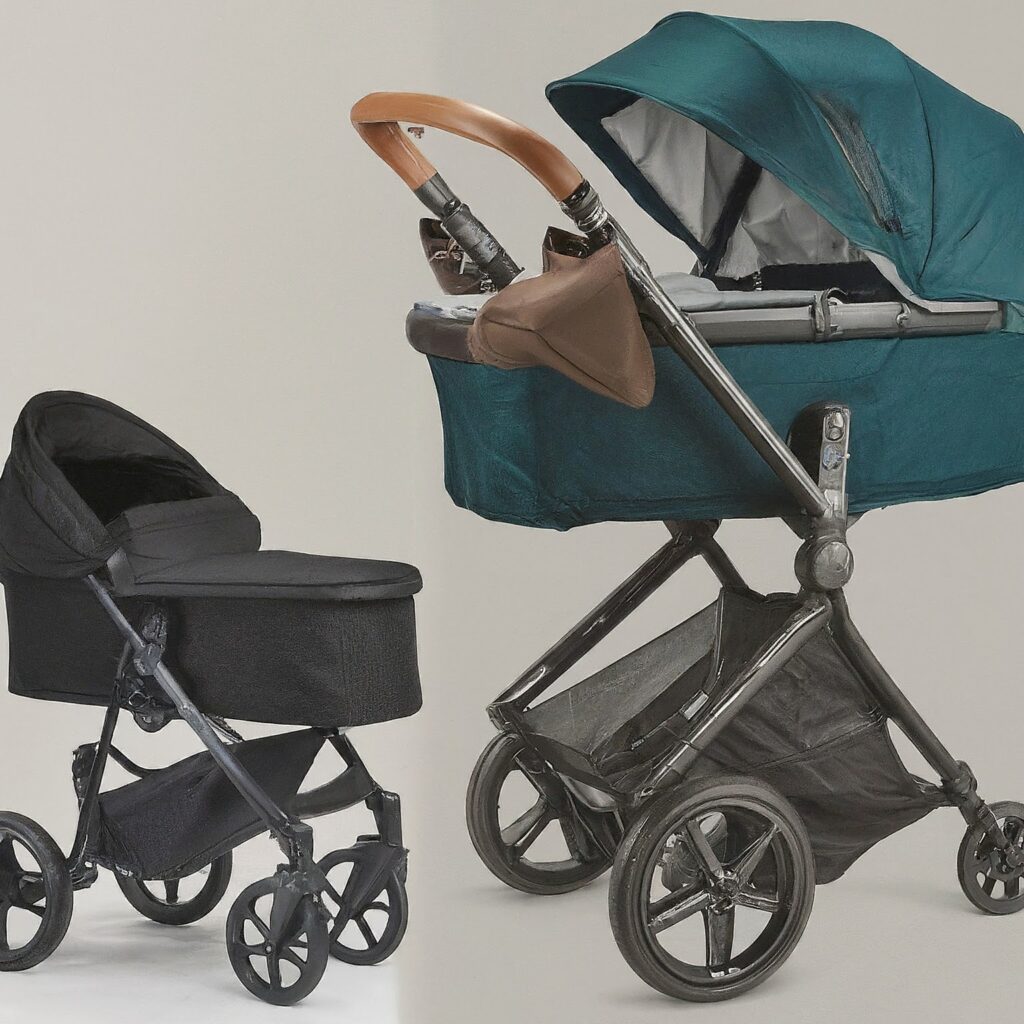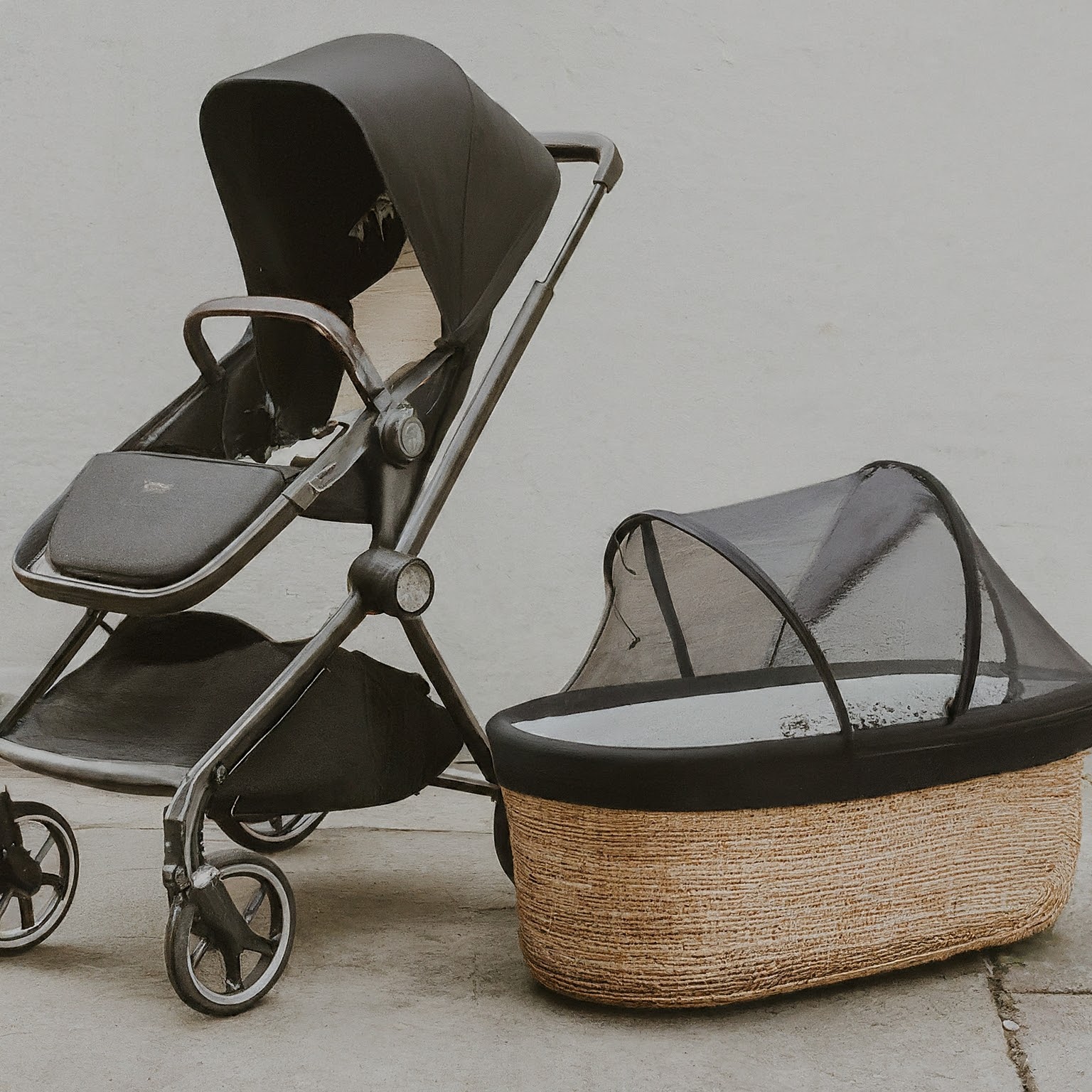At what age can babies sit in a stroller?

Curious when your little one can graduate from cozy cuddles to scenic stroller rides? Most babies are ready to sit upright in a stroller around 6 months old, once they have good head and neck control and can hold themselves up while sitting. But every baby develops at their own pace, so we’ll explore key milestones and stroller options to ensure safe and comfy outings for your precious cargo.
This guide will delve deeper into signs your baby is ready for stroller adventures, alternative stroller features for younger infants, and tips for a smooth transition. We’ll also address positioning for safety and maximizing comfort during those strolls in the park. Let’s get your baby ready to explore the world from a whole new perspective!
Developmental Milestones for Stroller Use
While 6 months is a general guideline, here are the key developmental milestones to look for before placing your baby in a standard stroller seat:
- Head and Neck Control: This is crucial. Your baby should be able to hold their head up steadily on their own. This prevents slumping, which could block their airway in an upright position.
- Sitting Ability: Ideally, your baby should be able to sit up with minimal support for sustained periods. Strong back and neck muscles are essential for safe positioning in a stroller seat.
Signs Your Baby is Ready for a Stroller Seat
Here are some indicators that your little one might be ready to ditch the car seat or bassinet for proper stroller seating:
- They can hold their head up for extended periods without assistance.
- They show interest in their surroundings and seem frustrated by lying flat.
- They can push themselves up slightly when placed on their tummy (tummy time).
Alternatives for Younger Babies
If your baby isn’t quite 6 months old yet, don’t fret! Here are some stroller options to keep those walks enjoyable for both of you:
- Using a Bassinet Attachment: Many strollers come with bassinet attachments specifically designed for newborns. These create a safe, flat sleeping surface that mimics a crib, promoting proper spinal development.
- Car Seat Compatibility with Strollers: If your stroller is compatible with your infant car seat, you can use that for short trips. Car seats are designed to properly support a baby’s head and neck.
Stroller Features for Different Ages

Not all strollers are created equal! Here are some features to consider depending on your baby’s age:
- Stroller Seat Recline: Some strollers have seats that recline to a more angled position, even when forward-facing. This can be helpful for younger babies who may not have complete head control yet.
- Age and Weight Limits: Always refer to your stroller’s manual for weight and height limitations for using the stroller seat without a car seat.
Safety and Comfort Tips
Safety first! Here are some essential tips for using a stroller with your baby:
Proper Stroller Harness Use: Always secure your baby in the stroller’s harness, even for short trips. Adjust the straps to be snug but not too tight (you should be able to slip two fingers between the harness and your baby).
Positioning Your Baby in the Stroller: For newborns, always place them on their back to reduce the risk of SIDS. For younger babies who lack head control, consider a rolled-up towel or head support for added comfort and stability.
Adjusting for Comfort: Add a comfortable liner or insert to the seat, especially in colder weather. Use the stroller canopy or shade to protect your baby from the sun. Consider a stroller sun shade for additional coverage on hot days.
How Long Can a Baby Be in a Stroller? (Considering Age and Needs)
There’s no one-size-fits-all answer. Here’s a general guide:
- Newborns (under 3 months): Limit stroller time to short outings (20-30 minutes) and prioritize a flat sleeping surface like a bassinet attachment.
- Babies (3-6 months): Short walks (around 1 hour) are acceptable, but frequent breaks (every 20-30 minutes) are crucial for repositioning and checking on their well-being.
- Older Babies (over 6 months): As babies get older and their muscles develop, they can tolerate longer stroller rides (up to 2 hours), but breaks are still recommended every hour or so to allow for movement and interaction.
Always prioritize your baby’s comfort and well-being. Take breaks if they seem fussy or uncomfortable.
Transitioning to a Stroller
Starting with short outings and monitoring your baby closely allows them to adjust to the stroller gradually. Taking breaks for movement and interaction outside the stroller is essential for their development.
Using a Stroller with a Newborn
While most stroller use starts around 6 months, there are ways to enjoy walks with your newborn even before they reach that milestone. Here’s how to ensure safe and comfy stroller adventures for your little one:
- The Bassinet Advantage: As mentioned earlier, a bassinet attachment creates a safe, flat sleeping surface that mimics a crib. This is ideal for newborns whose spines and neck muscles are still developing. Look for strollers with adjustable canopies for sun protection and comfortable liners for added coziness.
- Car Seat Compatibility: Many travel systems allow you to click your infant car seat directly onto the stroller frame. This is a convenient option for short trips or errands, especially if your baby falls asleep in the car. Remember, car seats are designed for proper head and neck support for younger infants.
- Positioning and Comfort: Always place your newborn on their back to reduce the risk of SIDS. If your newborn lacks head control, consider using a rolled-up towel or commercially available head support for added comfort and stability. Ensure the stroller is fully reclined and adjust the canopy for sun protection.
Weather and Stroller Use
Hot Weather:
Avoid midday heat whenever possible. Use the stroller’s canopy and a breathable sun shade for additional coverage. Dress your baby in lightweight, breathable clothing and offer frequent feedings or breastfeeds to stay hydrated.
Cold Weather:
Bundle your baby warmly with a hat, mittens, and booties. Use a stroller weather shield to protect them from wind and cold. Remember to take breaks to allow them to move and avoid sweating.
Consult Your Pediatrician for Specific Advice
Every baby develops at their own pace. If you have any concerns about your baby’s development or readiness for a stroller, consult your pediatrician. They can assess your baby’s individual needs and provide personalized advice on stroller use and safe positioning.
By following these guidelines and understanding your baby’s developmental cues, you can ensure a smooth transition to stroller use and create lasting memories on those strolls together. Happy strolling!

